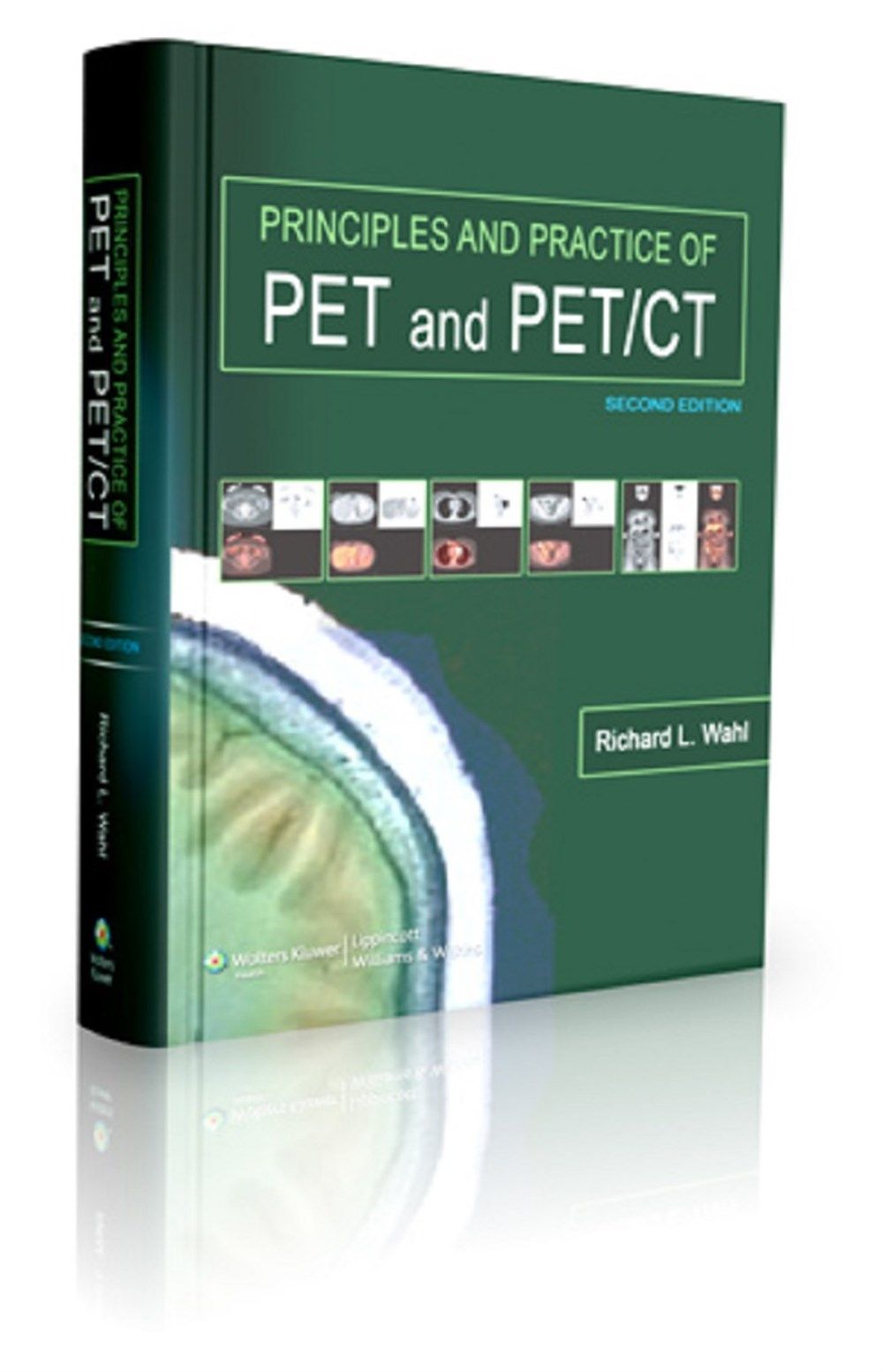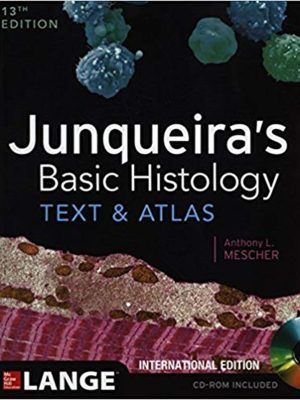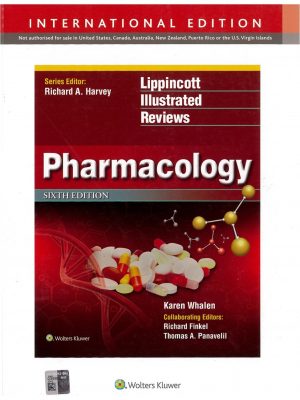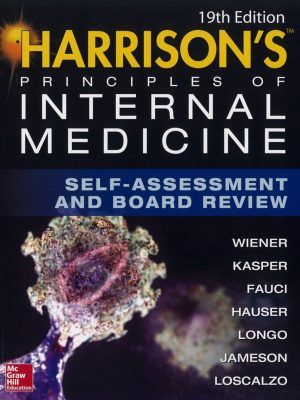Principles and Practice of Pet and PETCT
₺3.000,00₺4.000,00 (-25%)
ISBN: 9780781779999
Yazar: Richard L. Wahl MD.
Yayınevi: LWW
Yayım Tarihi: 2009
Sayfa Sayısı: 736
PRINCIPLES AND PRACTICE OF PET AND PETCT
Preface
In the 6 years since the first edition of this comprehensive multiauthored textbook on PET was published, there hasbeen remarkable progress. Progress has been suffıciently transformative that the title of the textbook has been changed to Principles and Practice of PET and PET/CT. This title change is reflective of the major alteration in practice patterns and technology for PET imaging since the introduction of commercial PET/CT systems around the turn of the century. The updated text includes many PET/CT images as well as new chapters specifically dealing with CT scanning and strategies to optimally integrate CT and PET to a “one-stop” diagnosis for cancer, heart disease, and other conditions.
In 1993, Chuck Meyer, my colleagues, and I described the fusion of PET metabolic images with high-quality CT or MRI using software as “Anatomolecular Imaging.” While clearly useful, the fusion approach was not routinely practiced because it was time consuming and not uniformly reliable for non-CNS applications. Routine whole-body PET/CT fusion was not the norm in practice until the introduction of dedicated hardware approaches leading to the current “in line” PET/CT, by the instrumentation group at the University of Pittsburgh led by David Townsend. The important contributions of the late Dr. Bruce Hasegawa to SPECT/CT and coincidence PET/CT fusion imaging must be recognized as well. PET/CT technology changed the PET world in the course of only a few years. At present, essentially every new PET scanner is a PET /CT scanner with improved performance of PET/CT as compared to PET in nearly all clinical settings in body imaging.
It is very gratifying to have the opportunity to observe and participate in such a transformative technology. I recall vividly observing the coincidence detecting probes and early PET scanners when I was a student and then a resident/fellow at Washington University School of Medicine in St. Louis, from the mid-l 970s to the early 1980s. Drs. Ter-Pogossian and Siegel attempted to teach me the value of the PET method. At that time, I had only a limited concept of the vast potential of noninvasively imaging many aspects of human biology in all organ systems, repeatedly, quantitatively, and nondestructively.
Some of the vast potential of PET has been transformed to practice as PET/CT, now performed on several million patients per year worldwide. PET /CT technology is clearly here to stay. But in the next several years, it is anticipated that more changes are in store. PET /MRI has been developed and is in early stages of deployment. Further, increased scrutiny of radiation doses from CT and nuclear methods, as well as uncertainty regarding and the need for intravenous contrast must be kept in mind, given concerns regarding radiation, carcinogenesis, and renal toxicity. Dedicated PET imaging of small body areas or with positronsensitive probes and imaging systems, PET-guided biopsies, and more sophisticated quantitation will likely evolve as important. Rapid readout of treatment response to adapt the therapies is expected to have a major role in cancer treatments. New PET tracers, many discussed in this text, will be applied more broadly in research and clinical practice. The realities of health care expenses and real limitations in the resources society can devote to health care spending may be greater limitations than the technologies we can develop.
I am confident the readers will find this text a valuable resource. My co-authors and I have tried to provide a comprehensive, but not exhaustive, clinically focused text that presents suffıciently detailed basic science information for understanding the key aspects of the major clinical and research applications of PET and PET/CT. I would particularly like to thank Dr. Rob Beanlands, who served as the Associate Editor on the updated section on cardiac PET and PET/CT imaging. The efforts of Julia W. Buchanan in providing thoughtful editing of many of the chapters are also greatly appreciated. In addition, the support and encouragement of Kerry Barrett of Lippincött Williams & Wilkins was essential to completing this comprehensive text.
Hopefully, you will keep this book near your PET/CT reading workstation and refer to it often in the coming years. It should, like the first edition, serve as a useful starting point and reference tool for your clinical or research work.
Richard L. Wahl, MD








Yorumlar
Henüz yorum yok.